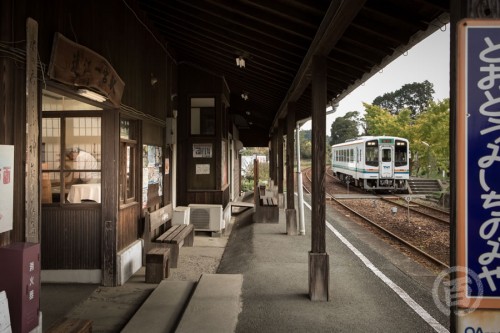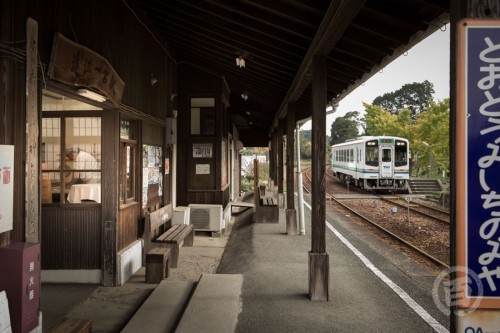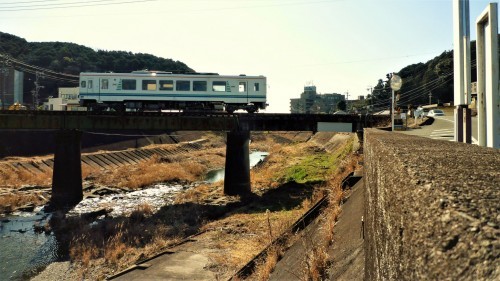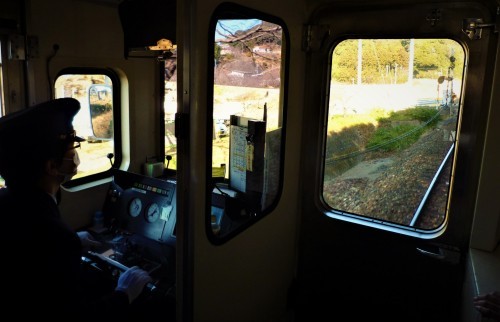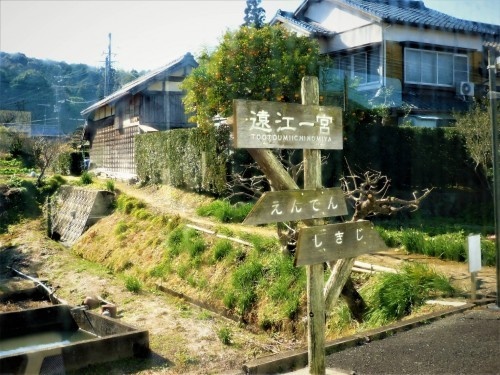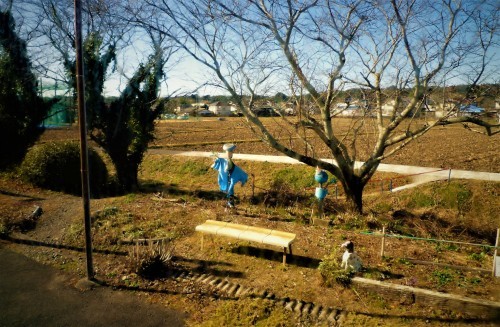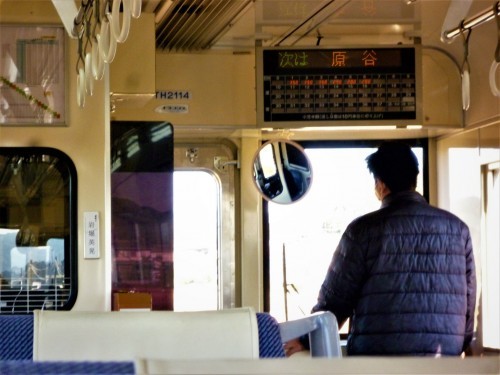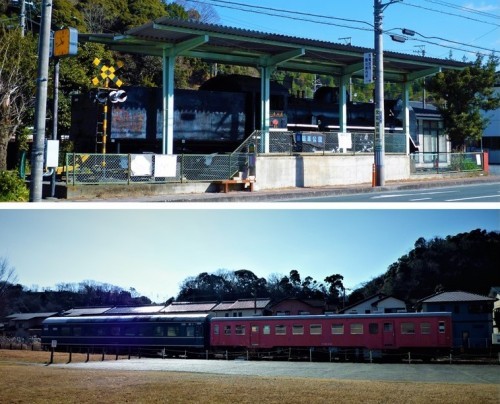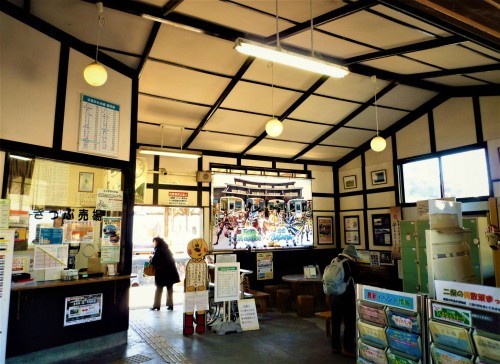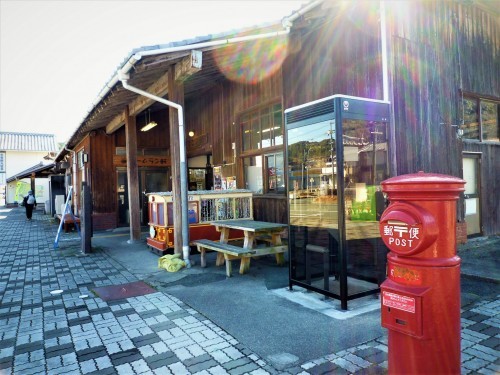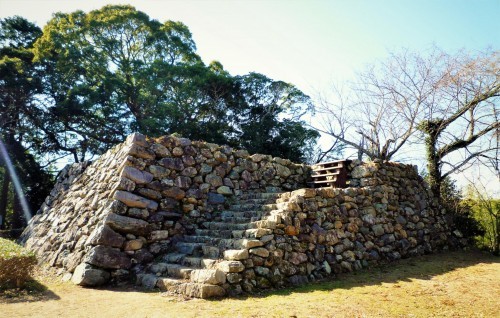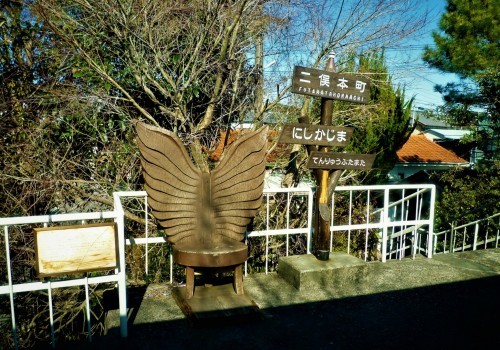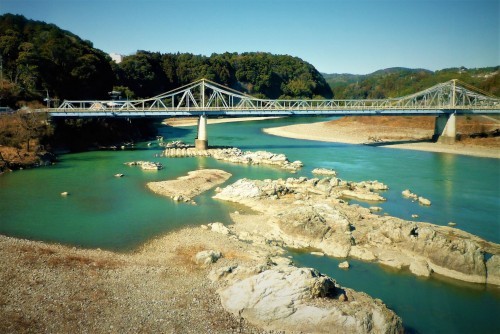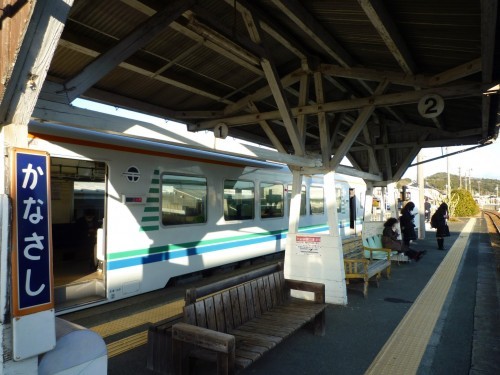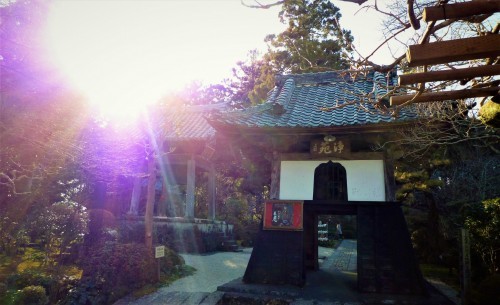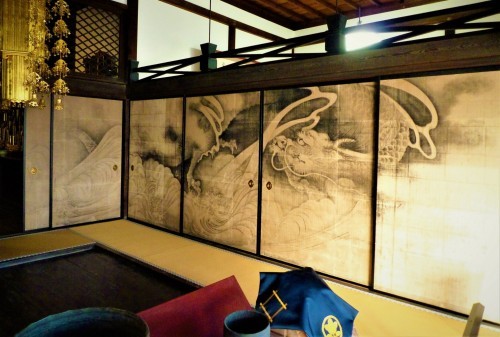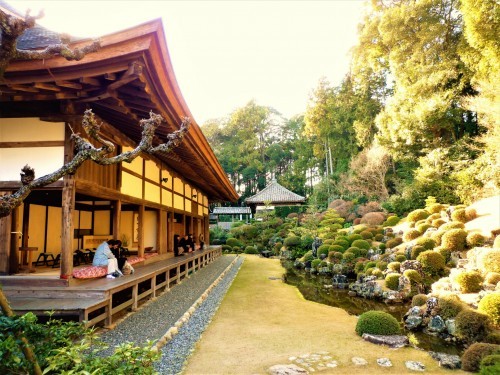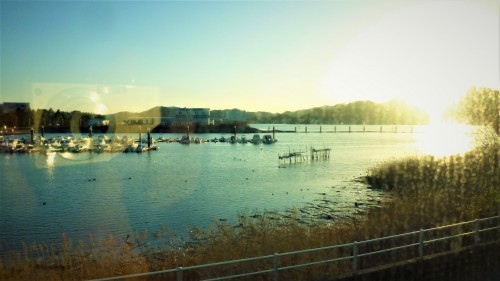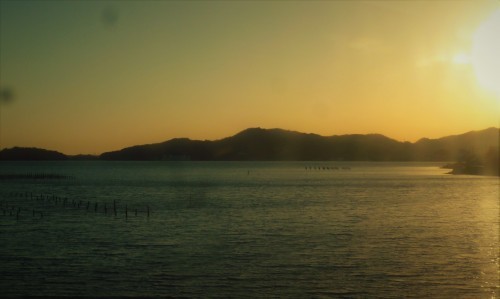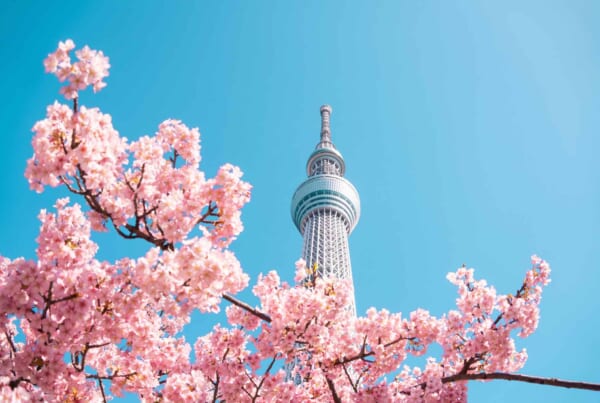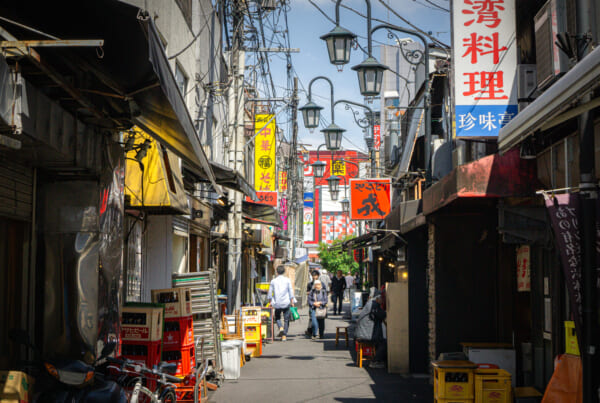This is the last stage of our trip across Shizuoka. Our journey ended exactly the same way it started: with a train ride—and a very special train at that.
Shizuoka-based railway company Tenryu Hamanako owns just one line. Our mission for the day was to ride the Hamanako line all the way to the end, from Kakegawa (first stop) to Shinjohara (last stop).
We did get out a few times to enjoy the remote, rural scenery west of Shizuoka. If you keep reading, we will show you some beautiful, intriguing, unusual places we found along the way that are not often reached by international tourists. We guarantee they are all well worth a visit!
Boarding the train
After checking out of our ryokan in Fujinomiya earlier that morning (which you can read about in our previous article), we took the JR Minobu line to Fuji, where we then transferred to a JR Tokaido west-bound train with Kakegawa Station as our destination.
Kakegawa is not a big station, so it did not take too long for us to find Tenryu Hamanako’s tiny platforms. In case you do not know, Tenryu Hamanako’s trains have just one single coach.
Though tiny, these trains are quite modern—for the most part—and in perfect condition. It was a surprisingly comfortable ride.
These cute little trains take passengers through charming rural landscapes, which makes the ride an absolutely wonderful experience, even if you stay inside the train. Most stations found along the way are good attractions as well. Keep your camera ready and fully charged, because you will be using it constantly!
How does it work?
Let us mention a couple of things about Tenryu Hamanako’s train etiquette. Most big stations in Shizuoka are equipped with ticket machines and information desks—simply purchase your ticket at either one of those. If you cannot find a ticket machine at your departure station, you should board the train directly and get a numbered ticket from the machine placed inside. Prices vary depending on how far you travel—the same method used in most buses throughout the country. Be sure to take a look at the electronic board up front inside the train to check the correct fare for your ride.
Once you arrive at your desired station, you should simply step out of the train and hand your ticket over to the ticket collector, who will be waiting at the platform. If you do not have a ticket at all, you can just pay your fee right there.
If there is no staff at the station, then you should pay before exiting the train. There is a machine located inside the coach for this specific purpose. All you must do is place your ticket inside the machine and insert the right amount of money, unless you already purchased your ticket beforehand, in which case you can simply leave.
Tenryu Futamata Station
Futamata was our first stop along the way. With several abandoned tracks used as a shed, this is the biggest station in the entire line. An old, distinctive locomotive dominates the view across from the tracks.
Even though this is the largest, best equipped station along the Tenryu Hamanako line, Futamata also possesses that kind of enchanting, decadent aesthetic that is distinctive of the entire area. After taking a couple of pictures for our collection, we decided to go take a walk around the city.
Futamata’s samurai castle
From the station, it is only a 10-minute walk to Futamata’s main attraction. Located atop a lush, steep hill sits Futamata Castle’s remains. Outer walls built for defensive purposes, as well as the structure’s rocky base, are all that are left from the old, wrecked castle.
A rather insignificant fortress for the Japanese standard at the time, the castle was mainly used as an observation tower, as it was possible to control river traffic from the top. I tried to get a picture of the river from up top, but the heavy vegetation surrounding the ruins made it impossible to see.
If you decide to go visit the castle, you will also be able to see a few temples scattered around the area, so make sure not to miss out! We were in a bit of a rush, so we left back for the train in order to continue our great journey. Take a look at this interesting looking chair we found at the station:
A bridge over the Tenryu River
After momentarily going through a dark tunnel, the landscape outside the window turned into something magical. The train passed over a large fluvial valley crossed by a remarkable metallic bridge.
If you are wondering what the story behind Tenryu Hamanako’s name is, you might find your answer right here… I will disclose this information in just a moment.
Our next stop was Miyaguchi. I will not get into the details here because I already wrote another article on this topic, but, to sum it up, we enjoyed a lovely sake tasting at Hananomai’s distillery.
Kanasashi Station
Located next to a primary school, this is one of the liveliest stations along the line. Students getting out of class kept us company while we were trying to figure out how to get to our next destination.
As we quickly realized, a long walk was ahead of us. Crossing the train tracks, we headed towards a hill, which ends in a vast valley. Following the road a little further, we arrived at a long bridge. Thirty minutes later, we finally reached the other side of the huge structure. Tired, yet satisfied, we managed to get to our destination. And trust me, the tiring walk was totally worth it.
Ryotanji Temple Monastery
We ended up at a huge Buddhist facility unlike any other in Japan: Ryotanji Temple Monastery. A beautiful, singular gate/tower greeted us at the entrance.
Ryotanji Temple Monastery stands out for a variety of reasons. Established during the Nara period, back in 733, this is one of the very first Zen Buddhist monasteries ever built in Japan. The renowned Ie family turned it into their own, personal spiritual refuge. Its architectural value, along with the notable artistic heritage it houses, makes it a key monument not to be missed when traveling to Shizuoka.
Ryotanji has now become a trendy holiday destination. Why? Because of NHK’s highly popular Onna jōshu Naotora—a historic TV series set in this building during the 16th century. Naotora was an only child from the Ie family. Her father’s premature death led her to become the only heir to the family’s domains. The young lady, once a monastery novice, was forced to acquire a politically charged role within the city, which eventually transformed her into the cult samurai she is today. Naotora’s name is always present everywhere in the area, but it is actually Ryotanji’s stunning Japanese garden that draws most visitors into the town.
One last wonder: Hamanako Lake
Leaving Ryotanji was a sad moment for us, mostly because it meant that our journey across Shizuoka was about to come to its conclusion. Back in Kanesahi, on our way to Shinjohara, Shizuoka decided to surprise us one last time with yet another gorgeous landscape: an immense, beautiful lake set against the breath-taking twilight. The perfect farewell.
The time has come for me to tell you the story behind Tenryu Hamanako’s name. The entirety of the journey takes place alongside Hamanako Lake, all the way to the line’s very last station.
With one last glance at the sunset, we said goodbye to this beautiful prefecture. So long, Shizuoka. It was a pleasure getting to know you.
Original article by José Montaño
Translated by Virginia González
SHIZUOKA GUIDE
Need more information? You can find up to date information about Shizuoka’s history, sightseeing locations, accommodation, food, and transportation below:
https://shizuoka-guide.com/english/


